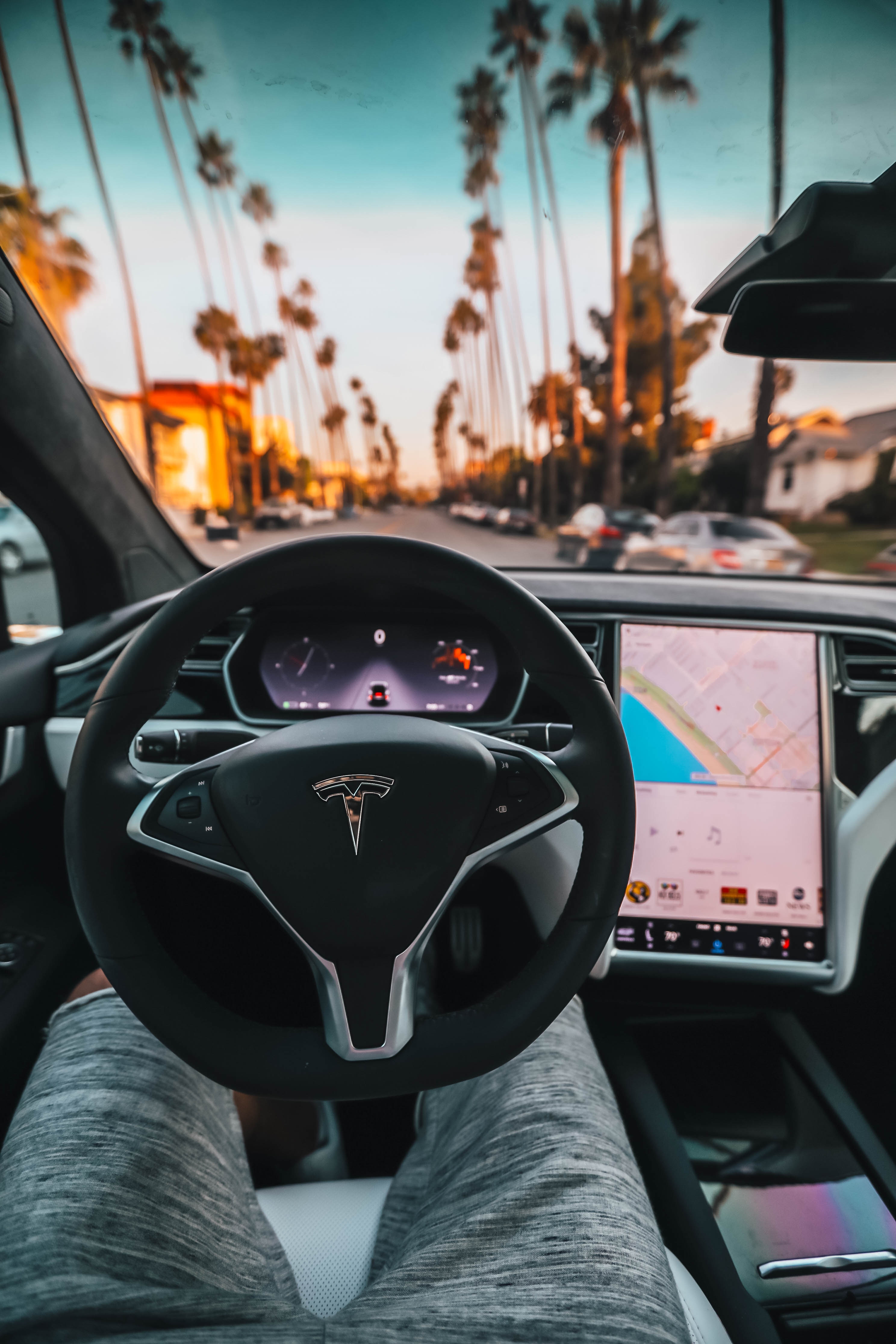Data Collection and Analysis Major Hurdle for Autonomous Vehicles

Electronic Eyes
An autonomous car is going to make use of a variety of different sensor technologies to examine its environment. Common examples include light-based detection systems such as lasers and lidar and radar or sonar like sensors that will bounce sound or radio waves off of objects to determine their size, position and speed. The vehicle may also make use of conventional cameras and GPS.
Some of this technology is already in use in standard cars. Lane departure detection, collision detection and braking and self-parking all make use of the same technology in a slightly smaller scale. Tesla's autopilot technology is the first attempt and putting these sensors in greater control of vehicle functions. The widely publicized successes and failures of Tesla's technology demonstrate some of the challenges of meeting the standard for full autonomy.
The car will use sensors to continually collect and record data about its environment. A tremendous amount of such data will likely be recorded. Researchers estimate that the cars may produce up to one gigabyte of data every second. The challenge lies in organizing and analyzing all of this information.
Google's current version of the autonomous car demonstrates that a self-driving car is very possible so long as it is operating within a carefully defined system. This is where digital mapping becomes critical for autonomous driving.
Creating carefully detailed maps requires extreme amounts of data. It goes beyond just streets and routes—much of which already exists in current GPS technology. The fully mapped streets would need information on speed limits, lanes, stop signs and intersections to name a few.
There is an incredible amount of precision and detail programmed into Google's digital maps—far beyond what is used by conventional GPS. The exact height of stoplights and curbs is one example. This allows the vehicle to process less information as it moves and interacts with the world. It becomes a balance between reprogrammed map logic and information collected from sensors. The less new information the car computer must tackle at once, the better it will perform and the less chance a problem or failure will occur.
Due to the precision and detail inherent in creating these digital maps on a large scale, one hurdle for autonomous car development is processing the required data. Innovations may need to be made in order to get the process to a reasonable level of time and expense. Programmers who install Spark and similar tools are taking the first steps to easing the massive data and programming load required for such a project.
No discussion of autonomous vehicles and data is complete without reference to the potential security risks posed by the technology. Given the amount of data cars will collect and analyze, there are questions about who would have access to this data and how else might it be used. At some level, all data becomes hackable. Researchers have demonstrated that self-driving cars, and even current commercial cars with lots of connected technology, are easier to hack than ever before. Increasing the level of connection and technological control likewise increases the risk.
While there are scare rumors and nightmare fantasies about hackers taking full control of autonomous vehicles and causing mayhem, a more likely scenario is that hackers will steal the detailed information the car is using and collecting. This could include images, license plate numbers, addresses and other identifying personal information people wouldn't want to share. Every vehicle becomes an inadvertent spy camera, and the possibilities of privacy violation are grave.
There is no doubt that the future of self-driving cars will be linked with that of data collection and processing. Autonomous driving will rely on the ability to efficiently collect, analyze and incorporate data into learning software and algorithms while protecting that data from theft and misuse.


 Mikkie
Mikkie








